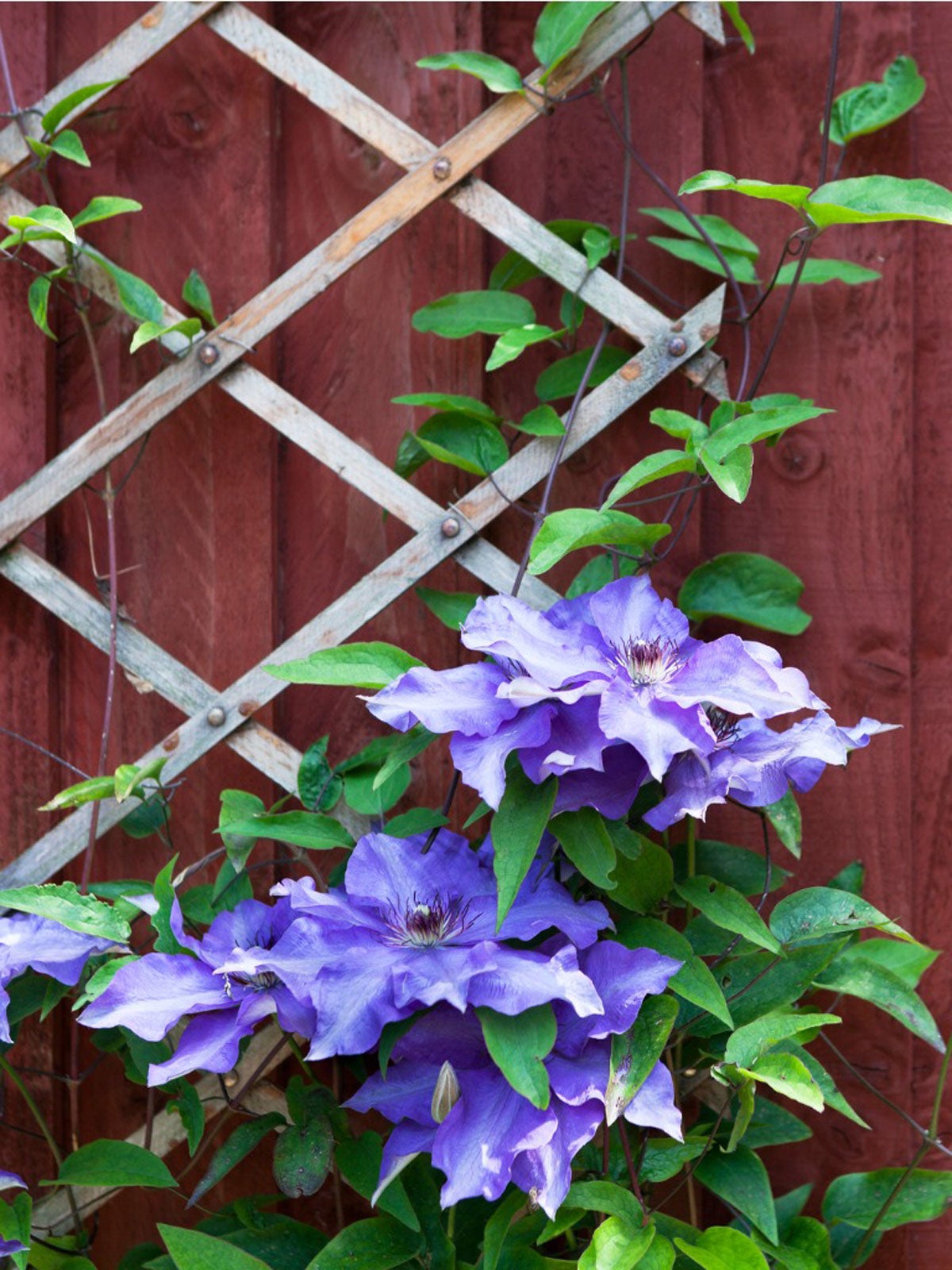Vines For Plains Gardens – Growing Vines In West North Central Region


The Agricultural Heartland of the United States has very definite seasons with potentially extreme temperatures. That can make finding the right plants for the landscape a bit challenging. No need to fret though. There are plenty of beautiful vines in West North Central regions that provide vertical appeal and often flowers or even fruit.
Wild West North Central Vines
The High Plains region is a genuine breadbasket for the nation and has rich soil necessary for large scale agriculture. Homeowners can benefit from this soil by planting native vines for plains or at least those with similar cultivation needs. Wild vines in the Northern Rockies often make excellent additions to the garden and are already adapted to the cold winters and sizzling summers.
If you are a hiker, you are already aware of the local flora available in nature. You may have observed a vine such as wild grape, which bears clusters of edible fruit. The native vines in West North Central U.S. are hardy and very adaptable. You can tuck them along the house, train them over a trellis, or let them languish across a fence. It's easy to find somewhere for a vine, but they also serve a purpose where covering up something undesirable is required. Transform an ugly outbuilding or fence with the green delight.
Some native vines to try include:
- Honeysuckle - There are native varieties of honeysuckle, but even more are available due to breeding programs. Vigorous, prolific bloomers with trumpet-shaped flowers.
- Clematis - Both native and bred varieties of Clematis exist. Plenty of flowers, some as big as your hand!
- American Bittersweet - American bittersweet is low maintenance with several seasons of interest, including berries that attract birds.
- Virginia Creeper - The fall foliage of Virginia creeper blazes with bright color, and fruits decorate the vine well into winter.
- Trumpet Creeper - Strong, huge vine for full or partial sun locations. Trumpet creeper can be aggressive, so avoid planting against the house. A place where you can mow around it is ideal.
Suitable Perennial Vines for Plains
You don't have to stick with native West North Central vines. Mix in some bred varieties with the same growing needs for interest and to add a touch of the exotic to the garden. There are many available at garden centers and big box stores or find a boutique nursery with unique selections. Just make sure your option prefers the lighting, soil, and moisture levels your site can provide.
A few ideas to try are:
- Hops Vine - There is a native species of hops vine but also a golden variety with pretty yellow leaves, rapid growth, and ornamental cones.
- Perennial Sweet Pea - These will come back year after year. Classic sweet pea flowers in white to lavender.
- Honeyberry - If it has a pollination partner, the low growing vine of honeyberry will produce ample quantities of sweet fruit.
- Silver Lace Vine - A fast growing vine that needs a sturdy structure. Silver lace vine has fragrant, white flowers.
Annual Vines in the Northern Rockies
These annuals won't make it through the cold winters in the region but grow quickly and can provide a diversion during the growing season. Annuals also give you more plants with different flower, foliage, and other options.
Sign up for the Gardening Know How newsletter today and receive a free copy of our e-book "How to Grow Delicious Tomatoes".
You may try:
- Black-Eyed Susan - An American, old-fashioned classic, the black-eyed Susan vine blooms in white, yellow, or orange sporting the characteristic warm brown centers.
- Canary Creeper - This has an exotic appearance. Canary creeper is fast growing with bird like flowers.
- Morning Glory - In some regions, morning glory can be a nuisance, but with careful management, it provides easy care coverage and colorful flowers.
- Sweet Pea - Another oldie but goodie, the flowers of sweet pea are brightly colored, and the vine grows quickly with little effort on the gardener's part.
- Runner Beans - Several colors of runner beans are available such as red, yellow, or white. Fast growing plant that will develop edible pods when harvested young.

Bonnie Grant is a professional landscaper with a Certification in Urban Gardening. She has been gardening and writing for 15 years. A former professional chef, she has a passion for edible landscaping.